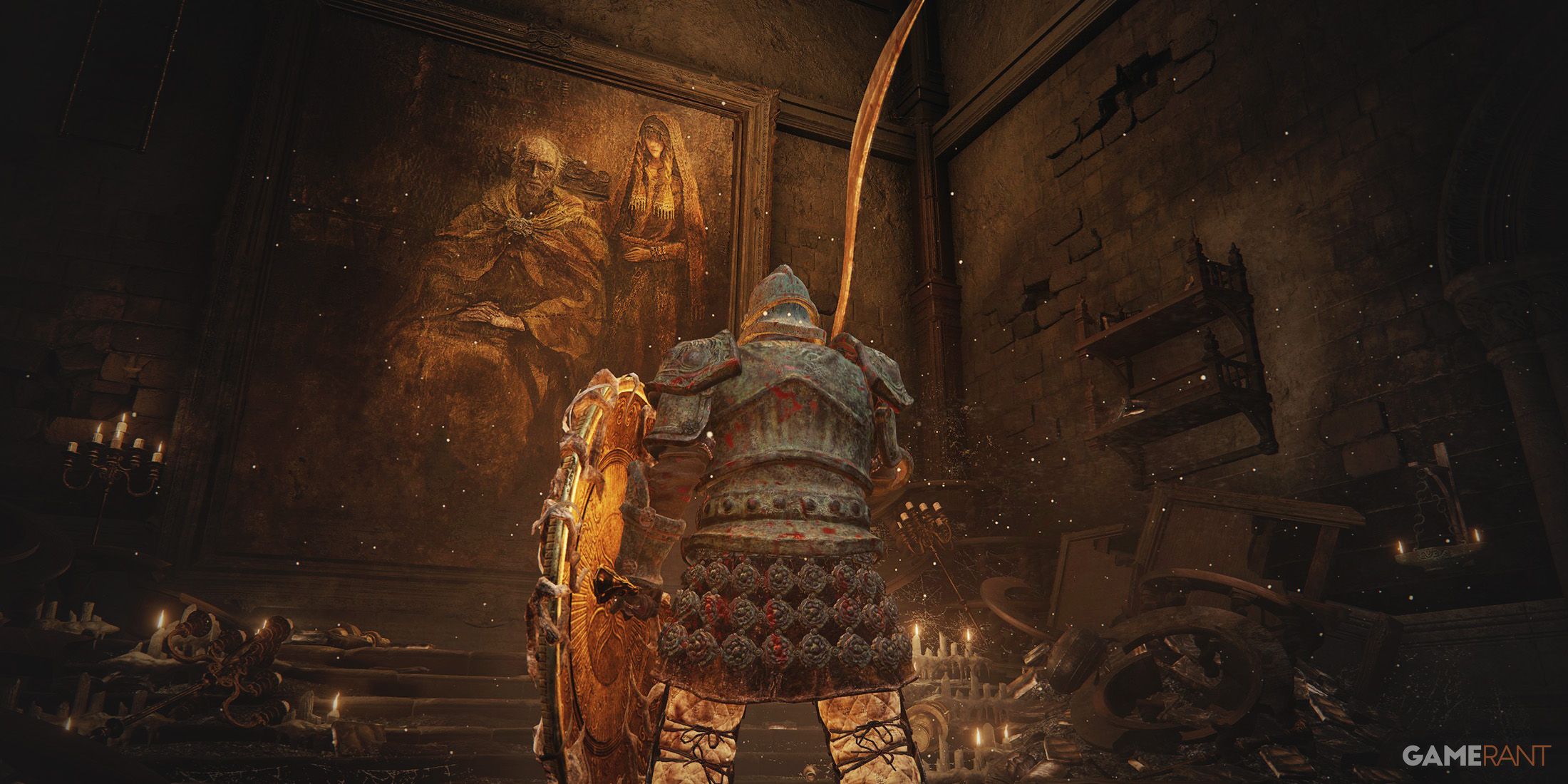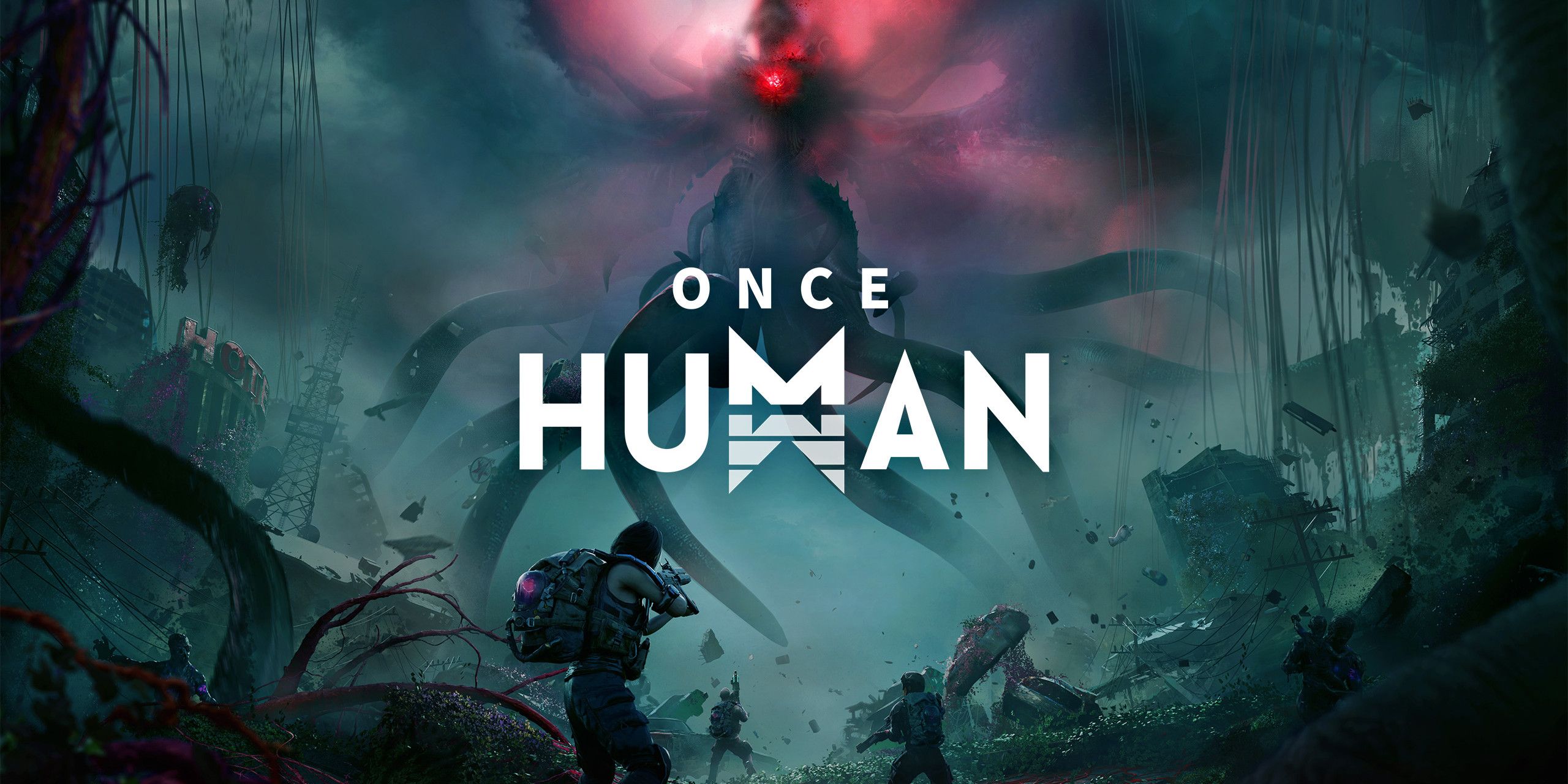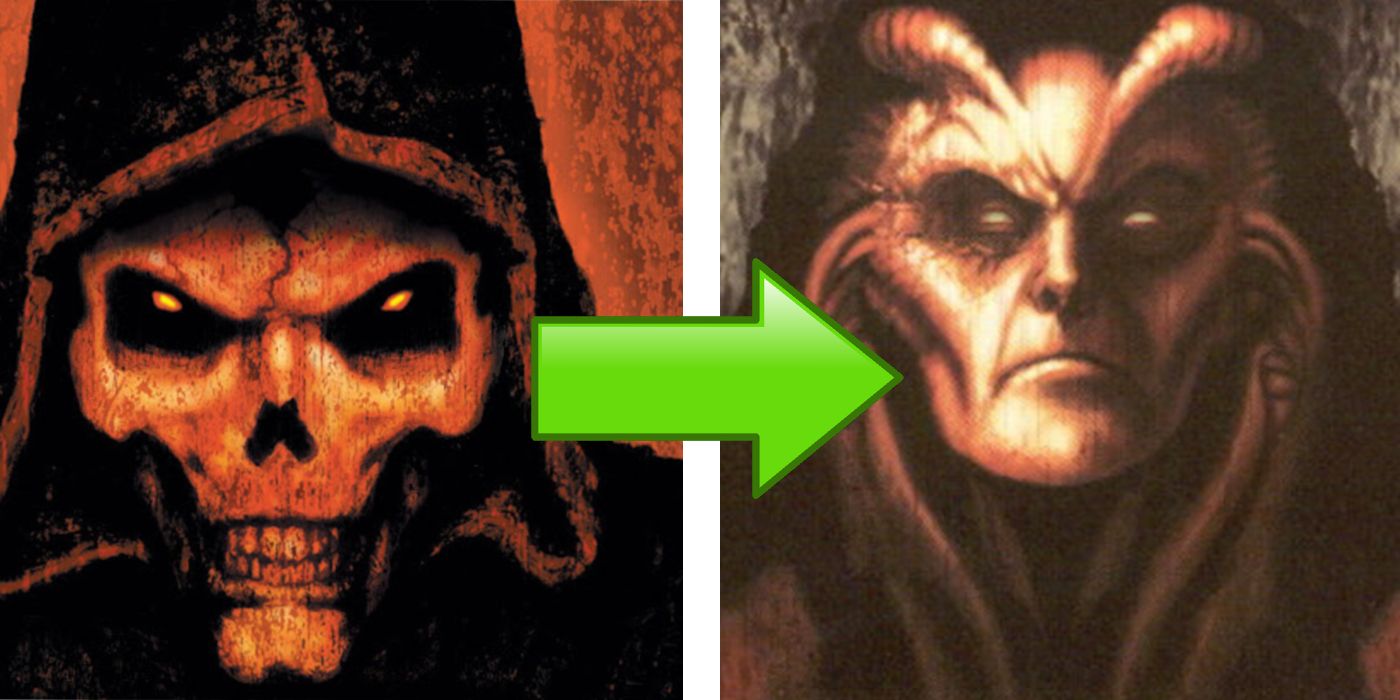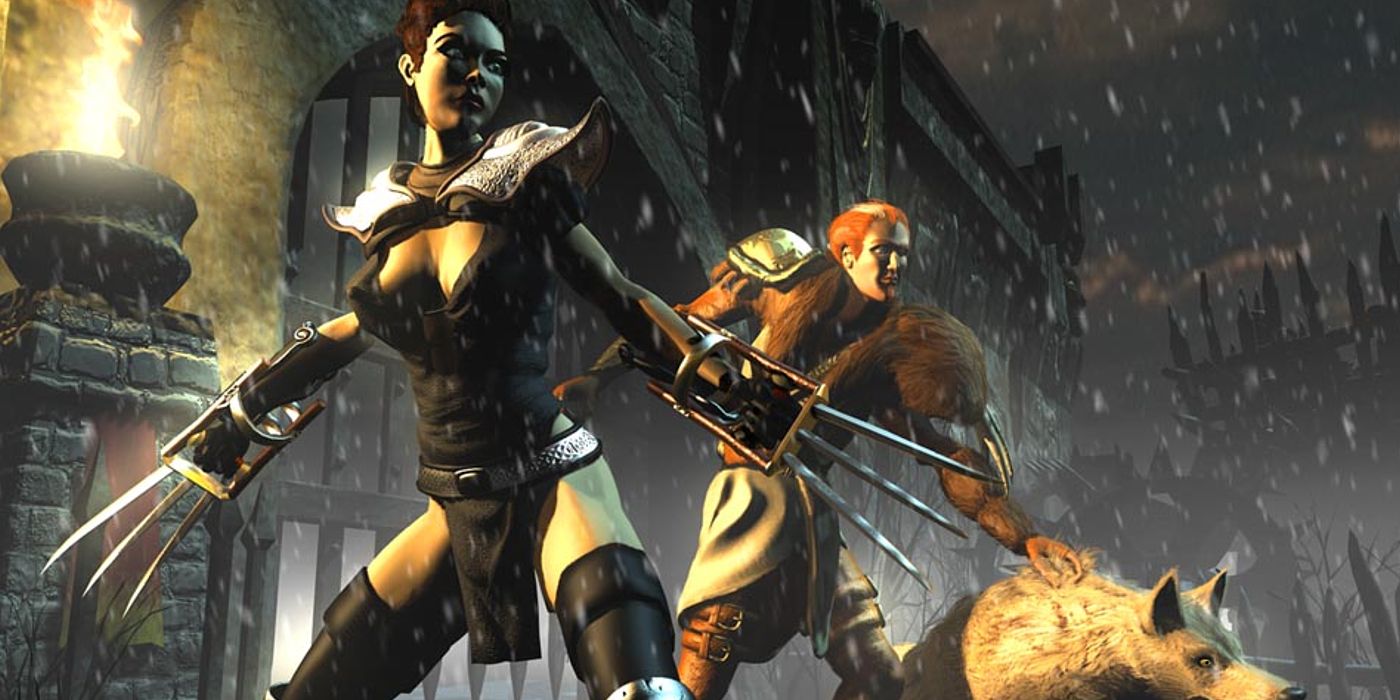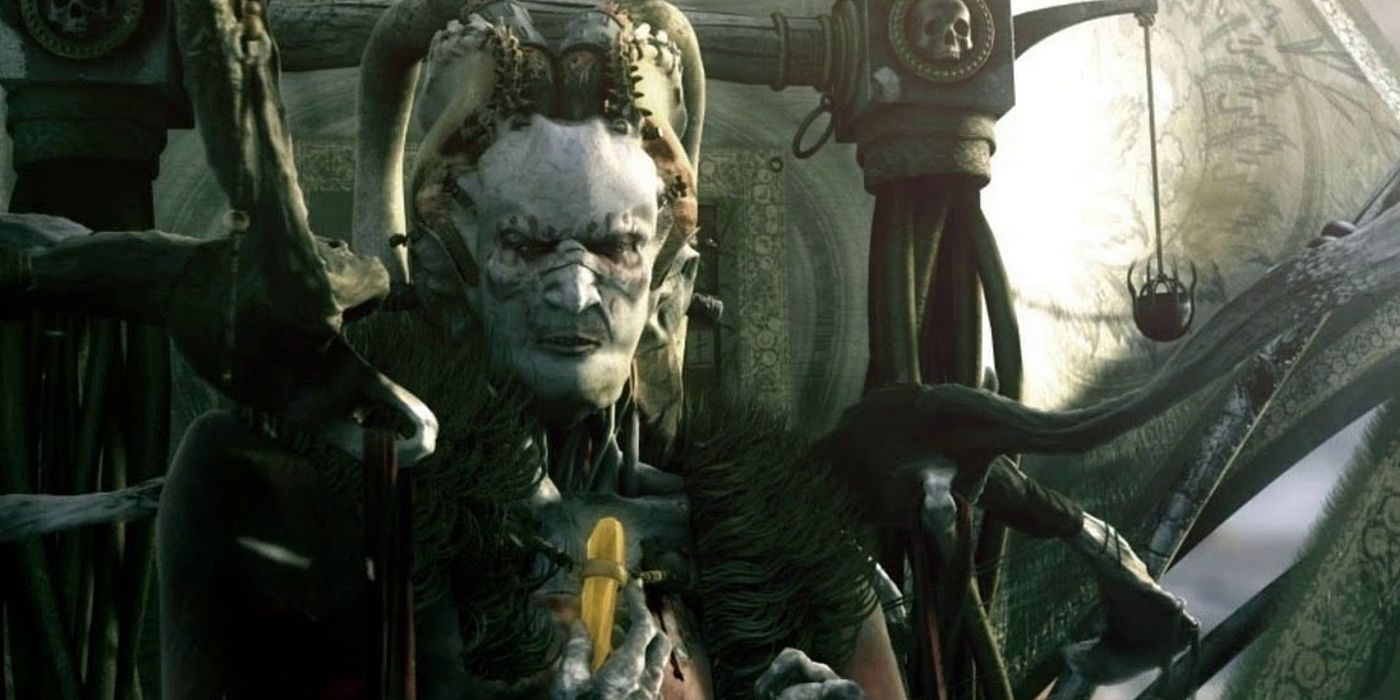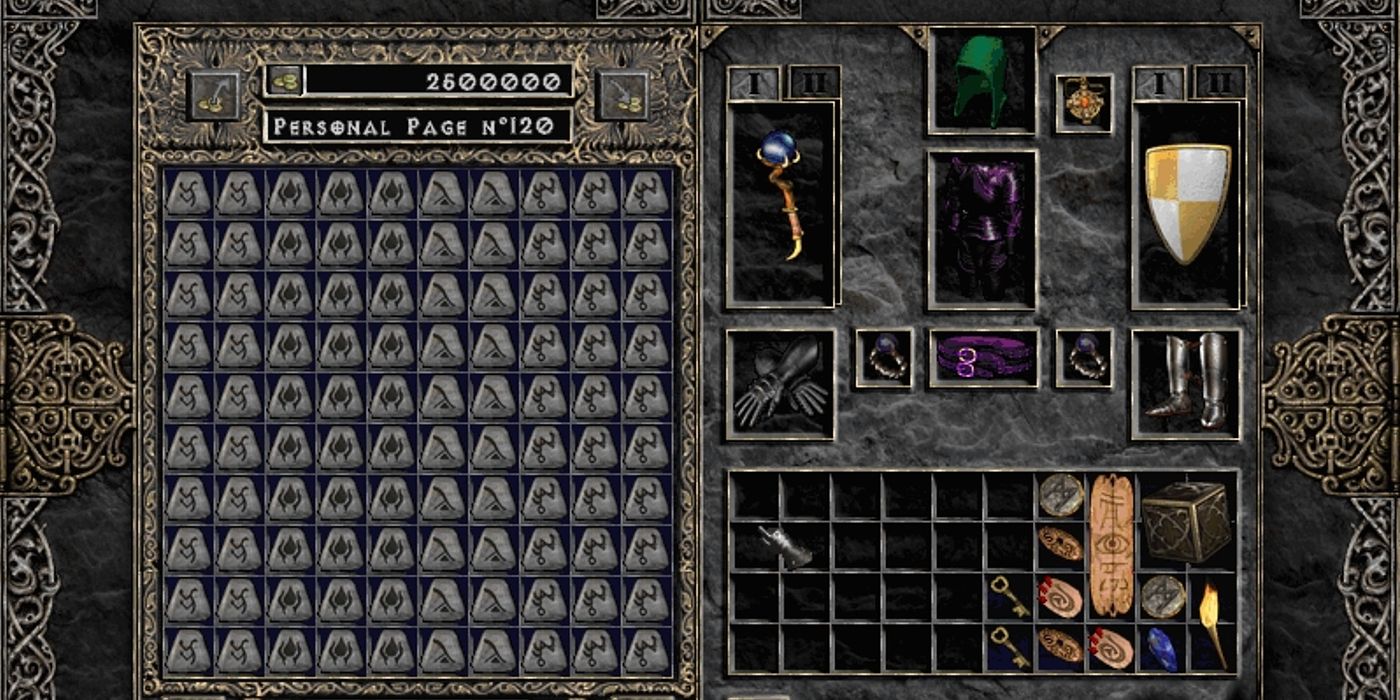Expansion packs can tend to be more harshly scrutinized in the gaming community compared to base games. If they don't add enough new content or don't dramatically spruce up the game in a significant way, fans can be disappointed. When Diablo 2: Lord of Destruction came out, it saw great praise from critics and skyrocketed to become one of the best-selling games of 2001. At the time, the depth of content that the Diablo 2: Lord of Destruction expansion added was more or less unheard of.
At present, Lord of Destruction stands in the company of its contemporaries like Age of Empires 2: The Conquerors or Warcraft 3: Frozen Throne, which both shared the same Herculean task of improving on beloved original games. But Lord of Destruction remains unique because of the unintended consequences that sprung forth from its content, which entirely changed the way Diablo 2 was played. Now, a month out from its 20th anniversary celebration, it feels appropriate to explore exactly what changed when Diablo 2: Lord of Destruction released.
Assassin and Druid Classes in Diablo 2
Perhaps the biggest change from the base game was the addition of two new classes: the Assassin and the Druid. For their part, Druids represent one of the most well-rounded classes in Lord of Destruction. They are essentially a blend of abilities from other classes including Barbarian-like melee skills, Necromancer-like summoning, and Sorceress-like spellcasting. Druids became especially prominent in PvP combat, but quickly faded from popularity — probably in part due to their unspecialized nature. However, because Druid is such a multifaceted class, it also spawned a wave of niche and interesting builds that cemented Druids as a cult favorite among fans.
The other class, the Assassin, saw a similar boom-and-bust upon Lord of Destructions' release. While they experienced similar popularity trends, the two new classes could not have been more different in terms of style. The Assassin was more specialized and brought an entirely new dynamic lacking in the original game. While the Martial Arts and Shadow Discipline trees felt a little familiar to players, the Traps tree completely differentiated Assassins from other choices. Unfortunately, the Assassin remained one of the least played classes throughout Diablo 2's heyday, but players can expect to see a resurgence of the Assassin in Diablo 2: Resurrected.
Diablo 2: Baal and Act 5
When Lord of Destruction dropped, it introduced the third Prime Evil, Baal. While Diablo and Mephisto were certainly hard, the encounter with Baal felt like the other two Prime Evils had run to get their older brother after being bullied off the playground. Before players perfected the strategy for him, Baal felt difficult in a way that was only matched by bosses like The Butcher in Diablo 1. Without accounting for the interesting lore and awesome quests leading up to him, Baal was a memorable addition because he reinstated a hardcore feeling back into Diablo 2, after inveterate players of the original game were looking for a bit more challenge in-game.
The fifth act that was introduced in Lord of Destructioncentered around the Barbarian. After leaving Harrogath, the town of Act 5, players progressed in a more linear manner than previous acts. Not only that, but Act 5 also took place on an active battlefield where players aided the warriors of nearby Harrogath against Baal's minions. On the way to the final level Worldstone Keep, players encountered a slew of interesting bosses capped off by the Ancients, a group of three legendary Barbarians who had to be defeated in order.
Though Baal stole most of the limelight, another lesser-known boss, Nihlathak, managed to cement his position as one of the most feared encounters due to his use of Corpse Explosion. Until he was hit with a string of nerfs, Nihlathak was easily the most feared encounter due to his incongruously hard difficulty.
Runes, Jewels, Charms, and Duping
Before charms were introduced, a player's inventory was typically filled with scrolls, potions, and, more often than not, useless junk. Since charms provided a stat boost by simply being in a player's inventory, it became necessary for fans to fill their inventory with them. But that wasn't the only stat-boosting item from Lord of Destruction. Like gems from Diablo 2, runes and jewels were items that, when socketed, provided stat bonuses.
The newly added jewels behaved just like gems, except that they had randomized magical properties, meaning that they could be extremely useful or just something to throw away. And though jewels were an interesting change, they didn't revolutionize the game in nearly the same way that runes did. The biggest difference between runes and the other stat-boosting items is that players could use a cluster of two or three runes — plus a gem — in the Horadric Cube in order to create a higher-tier rune, and when runes were socketed in a certain order, they created a powerful item.
Duping had been an issue since the original Diablo game, and Diablo 2 before the expansion was certainly no exception. But, at that time, duping was typically reserved for a handful of the best unique items in the game. A popular choice, for example, was a skill-boosting ring known as the "Stone of Jordan." After runes were introduced in Lord of Destruction, however, duping became even more common.
The most important items for duping were no longer the most powerful in the game but were the "Jah" and "Ber" runes. This is because the "JahIthBer" combination creates an extremely powerful item called "Enigma." The armor was not only strong but allowed anyone to teleport regardless of class. It became crucially important for rushing other players or just getting through the game speedily, and as such, hailed in an era of rampant duping that Diablo 2 had never seen before. As players have already discovered a way to dupe in Diablo 2: Resurrected, fans can expect they will be seeing a lot of the coveted Enigma armor even in the new game.
Diablo 2: Lord of Destruction is available for PC.

